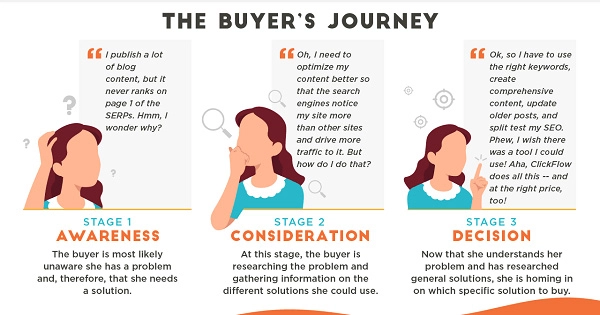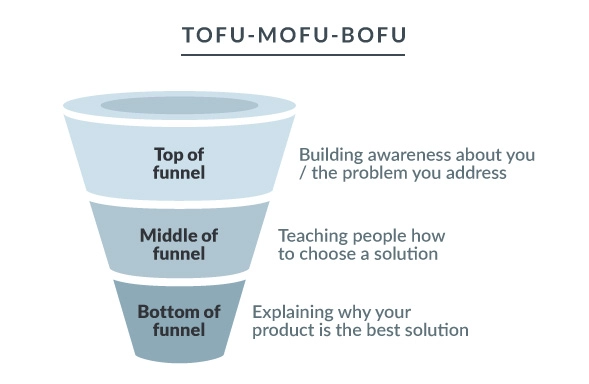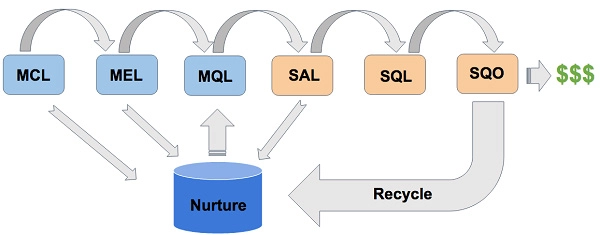
Introduction
The right demand generation is crucial to acquiring Marketing Qualified Leads or MQLs, especially in B2B SaaS marketing. Big brands make it all seem so easy—and for them, it really is. But for the rest of us, things are a little more difficult when it comes to having your business noticed.
Your demand generation provider may send several qualified prospects to your enterprise every month. But there is a fundamental question: How do you get the best out of your MQLs sent by your demand gen partner?
Simply put, MQLs are leads that aren’t in the buying mood yet, but they show they have a need you can help them with. And lead nurturing could be just the thing to turn them into more receptive buyers.
Unfortunately, many companies fail to do so and consequently fail to reap the benefits that nurturing can bring.
In this post, we share the best practices for leveraging your lead nurturing program so that you can build trust with prospects and hopefully turn them into loyal customers (or SQLs).
To get the ball rolling, first, you need to understand what qualifies as an MQL in your B2B SaaS marketing business.
What is a Marketing Qualified Lead?
In B2B SaaS marketing, a Marketing Qualified Lead (commonly referred to as MQL) is a potential customer who has come into contact with at least one of your incoming marketing assets and displayed some level of interest in your company’s offerings.
So, all you need to do is to keep pushing your potential customer throughout the buyer’s journey—mostly through the three major stages:
- awareness
- consideration
- decision

Source – SingleGrain
The following are a few examples of the most popular MQL conversion points:
- Downloading a free ebook or a trial version of the software.
- Using software demonstrations.
- Completing online forms.
- Subscribing to a newsletter.
- Adding products to a wishlist or favorite items.
- Adding items to the shopping cart.
- Returning to your site or spending a significant amount of time.
- Landing on your website by clicking on an advertisement.
- Contacting to inquire about additional information.
What a Marketing Qualified Lead Isn’t?
Marketing Qualified Leads are leads who have shown an interest in your business. They may have visited the website or downloaded an ebook laid out as part of your B2B SaaS marketing campaign.
“MQLs are not necessarily customers, and B2B SaaS marketers shouldn’t treat these leads as such.”
Instead, you should continue to nurture prospects with relevant content marketing until they become Sales Qualified Leads.
P.S. SQLs are those who have indicated a readiness to purchase your product or service.
How Do You Nurture the MQLs Received by Your Demand Generation Partner?
It is a common predicament. As a B2B SaaS marketing team, we spend hours (… no, make that days) reaching out to potential leads through demand generation partners or various channels (SEM, social media, email, etc.).
Then when a lead finally receives an inbound inquiry, and it makes its way to your sales team in the form of a Marketing Qualified Lead (MQL), you start reaching out and prodding those leads even more.
It might take multiple visits before the opportunity ends up in your sales department. This time period is a great chance to handle objections, clarify some issues, and prove that you not only listen but also provide value.
How do you do that? We have listed a few strategies:
1. Establish Your Definition of a Qualified Lead.
Start with the basics — what is your B2B SaaS marketing team’s definition of a qualified lead? To put it bluntly, each company will define each lead type differently.
You’ll want to work with your marketing and sales teams to define each lead type based on your product or service. It will help you craft an effective strategy that will likely lead to higher conversions. Also, it will make sure that everyone in your organization is on the same page when it comes to leads.
2. Make Sure Your B2B SaaS Marketing Team Understands Your Target Customers.
Getting to know your audience and customer is at the core of what makes B2B SaaS marketing so effective and results-driven. It’s not about how much you push what you have to say; it’s about working with your customers’ needs.
If you’d like to connect with your customers and build trust emotionally, your marketing strategy needs to be designed around your customer’s pain points, what they value (much more than just features of the product), as well as their preferred information gathering process.
The following are a few questions that your B2B SaaS marketing team can ask:
- What attributes do my best and worst customers have in common?
- What are their content choices, search terms, social media accounts, and the products or services they buy?
- Who is my ideal customer at the top, middle, and bottom of the funnel?
3. Find Out Where Your Leads Are In the Sales Funnel.
Before you try to convert your leads into customers, you need to understand where they are in the sales funnel. There’s no point in chasing people who aren’t interested or moving further down the sales funnel too quickly.
“An experienced B2B SaaS marketing team understands that you’ll want to use different strategies to engage and educate leads at different stages in the buyer’s journey.”
For example, when someone signs up for your blog or newsletter, they’re probably new to your brand. Long-form thought leadership pieces might be the worst thing you can show them. Use those opportunities instead to recommend tactical blog posts and helpful third-party articles.
4. Create Relevant Content.
You need to create engaging content regularly, so your leads don’t forget about you. Your content can be in any format—blogs, infographics, press releases, case studies, email chain, or downloadable resources like a whitepaper, ebook, guide, datasheet, etc. that brings value to your audience.
We have come up with a few examples for your B2B SaaS marketing team:
- Top of the funnel: In this stage, new prospects will be introduced to your brand and, if you are lucky, they will begin to engage with you. Likewise, you can create educational content like blog articles, videos, and social posts to boost SEO efforts.
- Middle of the funnel: The middle of the funnel is where your leads decide whether or not your company’s products are worth investing in. You can support their decision by providing product-oriented content like case studies, eBooks, and webinars.
- Bottom of the funnel: Here the customers are more likely to convert. Help them skim the value of your product by making demo videos, sales pages, and discount campaigns.

Source – Weidert
5. Automate Your Communications.
Once you have created relevant content for each stage of the buyer’s journey, your B2B SaaS marketing team is ready to distribute it. But how can they reach everybody at once if you have hundreds of leads? It is realistically not possible to send different messages to each of them.
Automating content distribution will make it easy to ensure that everyone gets the content that they need when they need it.
Every B2B SaaS Marketing Team Needs Demand Generation
What every B2B marketing team needs is an overarching umbrella process that goes beyond lead generation. And there comes demand generation.
The term refers to creating leads by marketing to prospects and customers. It’s a thorough collection of ideas, strategies, systems, and processes that work together to actively create demand for your product. It’s the engine that keeps your sales funnel full of leads, driving revenue for your business.
“When it comes to generating demand in B2B SaaS marketing, tracking the number of leads that turn into actual sales is perhaps the most crucial step.”
Also, remember, B2B sales is a long process. There are many steps for a lead to convert into an opportunity, for an opportunity to convert into a sales opportunity, and for the sales opportunity to turn into a closed-won deal.
Here’s what a typical B2B SaaS Marketing Lead-to-Revenue funnel looks like this:

Source – Saasmql.com
Marketing owns the blue part of the funnel, while Sales owns the orange side of it.
- MCL: Marketing Captured Leads are the contacts in your database. They also include cold prospects gathered from third-party systems.
- MEL: Marketing Engaged Leads are contacts that have performed an action, like downloading a whitepaper or signing up for a newsletter.
- MQL: Marketing Qualified Leads are those prospects that are likely to become customers and are assigned to the sales team.
- SAL: Sales Accepted Leads are those leads that the sales team recognizes and are ready to work on them.
- SQL: Sales Qualified Leads are prospects or opportunities that finally engage with the sales team
- SQO: Sales Qualified Opportunity are opportunities that go beyond the initial stage, become pipeline, and, eventually, generate revenue.
Get the Most of Your MQLs in B2B SaaS Marketing
Now that you know how to nurture a marketing qualified lead, it’s your turn to put that knowledge into practice. Evaluate what you’ve learned in this article and optimize your B2B SaaS marketing funnel. Get yourself more users to sign up for your product or service.
Is there anything else that we skipped? Please let us know in the comment section below.
Our blog
Latest blog posts
Tool and strategies modern teams need to help their companies grow.

B2B companies must generate leads that are ready to buy their products in order to me...

In the absence of a constant flow of leads, sales teams can't meet their targets and ...

Podcasts and webinars are powerful tools that marketers can use to reach new audience...



